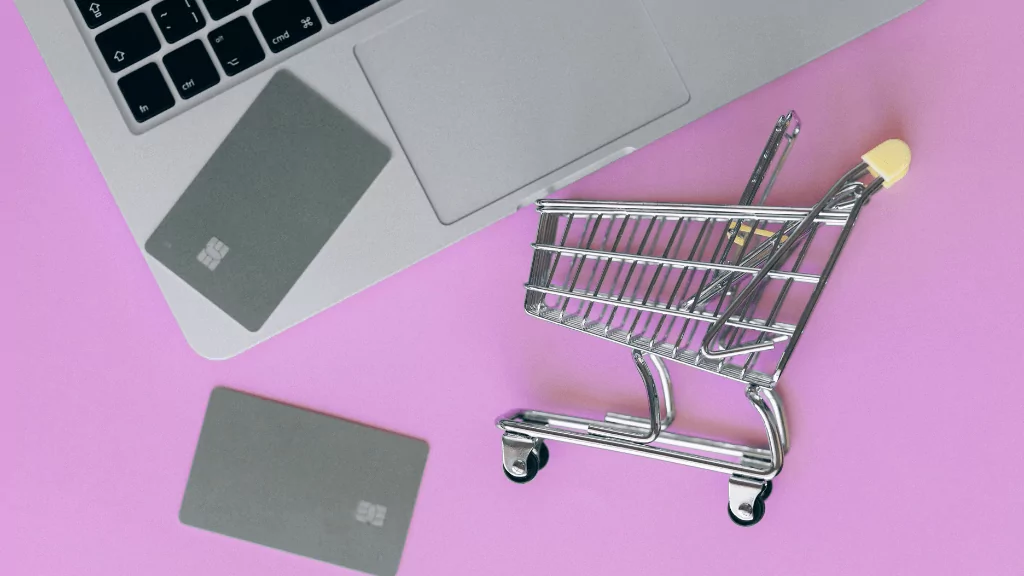Table of Contents
In 2025, accessibility is not just a legal checkbox. It is a requirement. And for online stores, this shift is happening faster than most people realize. While many eCommerce websites focus on making buttons clickable and text readable, there is one critical area that gets ignored far too often — images.
If you run an online store, you need to understand this. Every product photo, banner, or infographic on your website needs to be accessible to everyone, including people who use screen readers. That means every image must have proper alternative text. Without it, your business could be at serious legal risk.
ADA Lawsuits Are Rising and eCommerce Is in the Spotlight
In the last couple of years, there has been a sharp increase in lawsuits related to website accessibility. Most of these are based on the Americans with Disabilities Act and the Web Content Accessibility Guidelines. And they are hitting eCommerce businesses the hardest.
Many of these lawsuits are based on a simple problem — images without alt text. For people who are blind or visually impaired, screen readers are the only way to understand what is on a webpage. When images do not have descriptions, users are left out. That is a violation of their rights.
This issue has gained so much attention that tech platforms focused on solving accessibility are being recognized as major disruptors. According to Reuters, AltTextify, an accessibility solution provider, is one of the most important startup shaping the future of digital products in 2025.
Image Accessibility Is More Than a Best Practice
Images play a huge role in online shopping. Whether it is fashion, electronics, or home decor, customers rely on visuals to make decisions. But those same visuals become barriers if they are not described properly.
Alt text is not just about search engine optimization anymore. It is about creating equal access. Imagine someone visiting your store who cannot see. Without a description, they have no way of knowing what the product is or why it matters.
And if you think automatic filenames like image01 or product123 are enough, they are not. That kind of placeholder text does not help users or protect you from legal claims.
Most eCommerce Stores Are Missing the Mark
Online stores often have hundreds or thousands of images. It is easy to forget that each of them needs a proper description. And when those images keep changing — with seasonal promotions, new products, and updated designs, staying compliant becomes nearly impossible to do manually.
Industries like fashion and electronics are especially at risk. They rely heavily on visuals, and they are often the first targets for legal teams looking for accessibility gaps. Even platforms like Shopify and WooCommerce have started reminding users to make their sites accessible.
But for most store owners, the question is not whether they want to be compliant. It is how to get there without spending weeks writing image descriptions.
AltTextify Makes ADA Compliance Easy for eCommerce
This is where AltTextify comes in. It is a tool designed to solve this exact problem using artificial intelligence.
AltTextify automatically generates clear, accurate alt text for every image on your site. You can upload images in bulk or connect it directly to your store. It works with platforms like Shopify, Webflow, BigCommerce, Ecwid, and more.
With AltTextify, you do not have to worry about writing tags one by one. The system understands what is in the image and writes a short, meaningful description. It is fast, accurate, and designed to help you stay fully compliant with accessibility guidelines.
The tool also comes with extensions for Chrome and Firefox, API support, and even bulk upload features for large product catalogs. And the alt text it creates is not just legal-safe, it also improves how your images show up on Google.
Better Accessibility Means Better SEO and Customer Experience
There is another reason to care about image accessibility. Search engines like Google rely on alt text to understand what images are about. If your site is accessible, it is also easier to rank in search results. That means more traffic and more sales.
It also builds trust. People notice when a website feels easy to use, even if they are not using assistive technology. Making your site accessible is not just the right thing to do, it is also good for your brand.
Take Action Now
ADA compliance is not something you can afford to ignore. If your site has dozens or hundreds of images without proper alt text, it is time to act. Lawsuits are increasing, and enforcement is getting stricter.
But fixing it does not have to be hard. You can try AltTextify and start generating alt text in just a few minutes. It takes less time than uploading a new product, and it could save your business from a costly mistake.
Make your store accessible. Make it compliant. And make sure everyone — including people who use screen readers — can experience what you have to offer.

